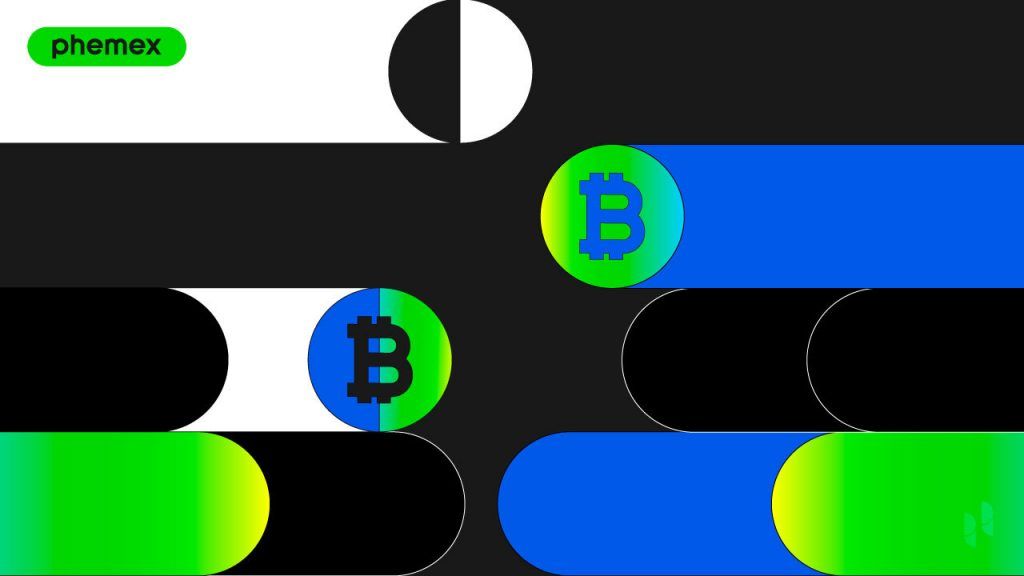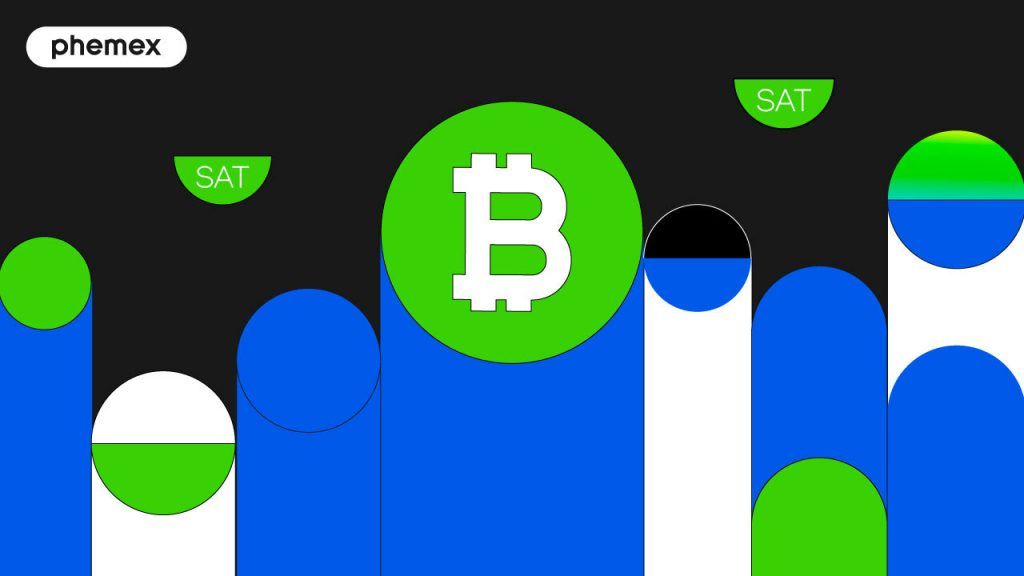How does mining work?
Acquiring bitcoin or other cryptocurrencies can be achieved in three main ways: purchasing them on platforms like Phemex, accepting them as compensation for products or services, or through the process of "mining." This explanation focuses on the latter, using Bitcoin as the primary example.
If you've pondered the idea of diving into bitcoin mining, it's essential to recognize that the game has changed. A decade back, a regular home computer could dive right in. However, as the blockchain expanded, so did the necessary computational prowess. As of October 2019, the power needed to mine a bitcoin skyrocketed to 12 trillion times what it was in January 2009. Today, individual mining endeavors might not prove lucrative. The vast majority of mining activities are undertaken by specialized entities or consortiums. Nonetheless, understanding the process remains crucial.
The task of verifying and documenting each bitcoin transaction, ensuring blockchain's integrity, rests upon specialized computer systems. This massive computational endeavor is willingly undertaken by the mining community.
Conceptually, bitcoin mining is akin to operating a substantial data facility. Entities invest in mining equipment and cover the associated electricity bills (including cooling costs). For this venture to be profitable, the value of the mined coins should exceed the operational costs.
What spurs miners to commit resources? The network orchestrates a computational contest. Every machine competes to identify a specific 64-digit hexadecimal number or "hash" first. The more calculations a system can perform, the higher its chances of claiming the prize.
The victorious miner then updates the blockchain with the verified transactions, adding a new "block." In return, they receive a specific amount of fresh bitcoin. This event occurs approximately every ten minutes. By the end of 2020, this reward was 6.25 bitcoins. This reward will halve in 2024 and continue to do so every four years. As mining becomes more challenging, this reward will diminish until no bitcoins remain to be unearthed.
A cap of 21 million bitcoins exists. The final one is predicted to be mined by 2140. Post that, miners will depend on transaction fees as their source of income.
Proof-of-work
Crypto mining parallels the process of extracting valuable metals. However, instead of gold or diamonds, cryptocurrency mining releases new digital coins. To earn these coins, miners employ machines that crack intricate mathematical codes represented as cryptographic hashes. Hashes safeguard data being transmitted over a public network. Miners race against each other to deduce the hash value linked to a cryptocurrency transaction. The one who does it first gets to append the block to the ledger and claim the reward.
Each block connects to its predecessor through a hash function, ensuring a continuous, verifiable chain. It allows peers to ascertain the authenticity of each block and the legitimacy of its miner.
The mining challenge amplifies over time. As miners utilize more sophisticated machinery and competition intensifies, it enhances the rarity of the cryptocurrency.
Why Mine Bitcoin?
Beyond fortifying the Bitcoin ecosystem, mining plays a pivotal role in introducing new digital coins. Even without miners, Bitcoin would function, but incentives for participation would dwindle. Circa 2140, no new bitcoins will be awarded, but miners will persist, fueled by transaction fees to maintain Bitcoin's robustness.
How to start mining cryptocurrencies?
Engaging in cryptocurrency mining necessitates specialized software and powerful computing machinery. Once upon a time, a home computer's CPU sufficed for mining endeavors like Bitcoin. However, with evolving challenges, CPUs are now outdated for most cryptocurrency mining tasks.
Modern-day mining demands either a robust GPU or an ASIC miner, always tethered to a dependable internet connection. Furthermore, miners should be affiliated with online mining collectives.
Different methods of mining cryptocurrencies
Cryptocurrency mining techniques have evolved, with each offering varied profitability. CPU mining, once dominant, is now considered sluggish and barely profitable due to escalating costs and complexity.
GPU mining harnesses a cluster of GPUs within a single unit, necessitating a dedicated motherboard and cooling apparatus.
ASIC miners, custom-built for cryptocurrency mining, offer superior yield compared to GPUs but come at a steeper price and face quicker obsolescence due to rising mining challenges.
Cloud mining has emerged as a favorite, allowing miners to tap into the resources of large corporations and specialized mining facilities. It offers both free and premium options, where miners lease computational resources for specific durations, making it the most convenient mining method.
What You Need to Mine Bitcoins
While it's conceivable to dabble in Bitcoin mining using a standard home computer, returns might be minimal. This is due to the ever-adapting difficulty level of Bitcoin mining.
To maintain seamless blockchain operations, the Bitcoin network endeavors to produce a block approximately every 10 minutes. Periodic adjustments are made to mining difficulty based on the community's size.
Mining Hardware
To participate, you'd require a top-tier GPU or an ASIC for your system. While competent GPUs hover around the $1,000 to $2,000 mark, ASICs can command much higher prices.
Currently, the lion's share of the Bitcoin mining network's computational strength stems from ASIC-driven enterprises and individual contributors. ASICs today are exponentially more potent and energy-efficient than their CPU and GPU counterparts. For a significant investment, one can achieve a high hashing rate.
The Mining Process
In essence, mining involves incorporating transactions into the blockchain's blocks. Each block undergoes a cryptographic procedure known as "hashing," resulting in a 64-digit hexadecimal number (the hash) - the target of the miners' computational race.
The Hash
Consider this hash as an example:
0000000000000000057fcc708cf0130d95e27c5819203e9f967ac56e4df598ee
This 64-character sequence combines numbers and letters. This arises from its base, the hexadecimal system, which offers 16 character possibilities, encompassing numbers 0-9 and letters A-F.
Mining Pools
Mining rewards are granted to the first miner to solve the cryptographic puzzle. However, for solo miners with limited resources, the odds of striking gold are slim. Mining pools, managed by third parties, amalgamate individual miners, offering them better odds through collective effort.
Downsides of Mining
Mining's pitfalls predominantly lie in the financial and regulatory domains. Investing heavily in mining infrastructure doesn't guarantee returns. If mining is legally contentious in your locale, it's wise to tread carefully. Energy consumption and its environmental ramifications are another concern, as even though ASIC chips are becoming more efficient, the network's growth is outstripping technological advancements. This also means a potentially higher cooling bill, especially if running multiple ASICs round the clock.
Read More
- What is Cryptocurrency & How does it Work?
- How to Mine Bitcoin at Home
- What are Crypto Mining Rigs: An Overview of ASIC, GPU and CPU Miners
- What is Cloud Mining: The Cheaper Method for Bitcoin Mining
- What Are Mining Pools: The Massive Cooperatives That Power Blockchain
- What is Bitcoin: World’s Largest “Group Project”
- What is Cryptocurrency & How It Differs From Digital Cash
- https://phemex.com/academy/cryptocurrency-glossary/bitcoin-btc








